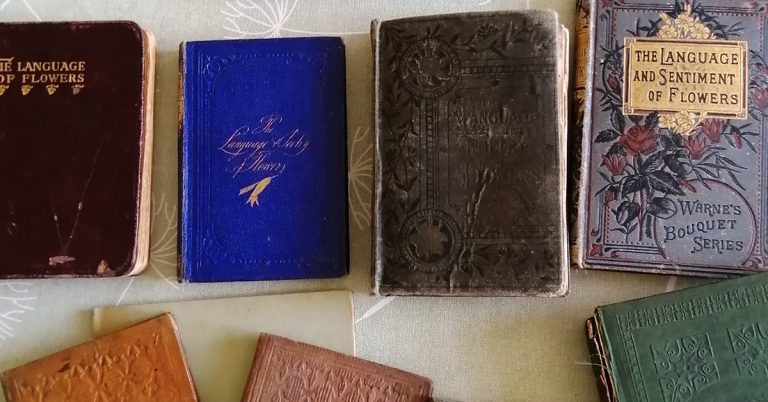
-
Ten everyday lessons
Read more: Ten everyday lessonsChantelle Gray offers a vivid tribute to Deleuze and Guattari’s radical becomings, calling for creative resistance and world-making.


Chantelle Gray offers a vivid tribute to Deleuze and Guattari’s radical becomings, calling for creative resistance and world-making.

By Jemma Stewart Read Part 1 and Part 2 of this blog series. Rose Roses…have ever reigned as queens of flowers.[i] The rose bloomed in Ancient Egypt, as Jack Goody attests: Above all there was the hundred-petalled rose, which became…

By Jemma Stewart Read Part 1 of this blog series. Lotus And as the voice spoke, a cold hand touched my hand … As the light came back, I gazed upon that which had been left within my hand. It…

By Jemma Stewart H. Rider Haggard’s Gothic Garden In the Gothic Studies articles ‘Blooming Marvel’ and ‘She shook her heavy tresses’, I assess the ways in which floral symbolism (or floriography) in Bram Stoker’s Dracula (1897) and H. Rider Haggard’s…